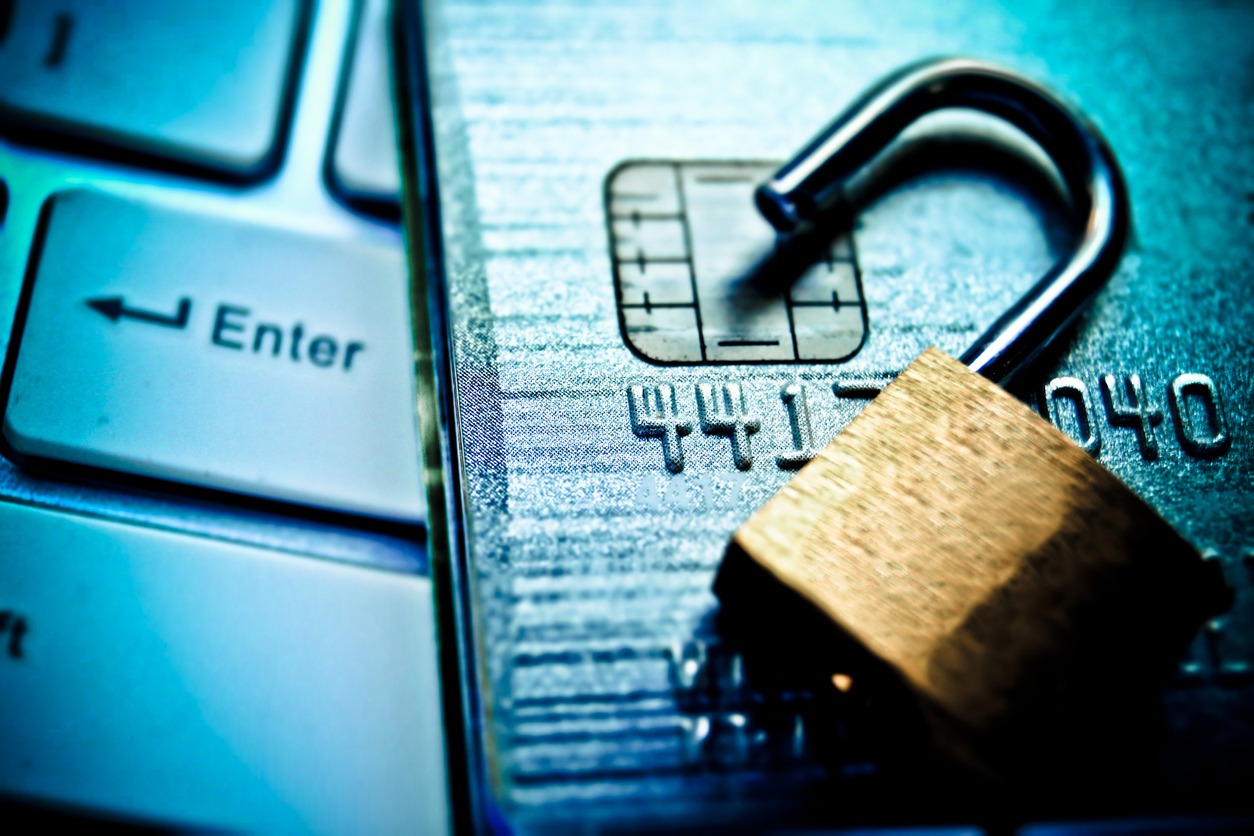While getting people to trust online shopping was a huge hurdle for e-commerce 20 years ago, today’s online shoppers often think nothing of filling out forms and providing data to ecommerce sites, social media, and even in public forums.
Indeed, the situation has changed dramatically. However, this transition from hyper-awareness to bold familiarity, coupled with the ever-increasing ability of thieves and swindlers to take advantage of our lapses, has created a serious situation. Online danger comes in all kinds of packages - Phishing schemes, romance scams, bogus goods – you name it. And while the list is long, the avenues scammers parade down are limited.
Most of the threats you encounter online come through just five channels:
• You fail to install an anti-virus program and keep it updated.
• You click on links before checking them for legitimacy.
• You download files of questionable origin.
• You provide your personal information indiscriminately.
• You fail to use secure passwords and to change them out regularly.
But the risk is huge. As such, taking steps to protect yourself from each area of attack cannot be overemphasized:
1. Invest in a robust antivirus program
Never go online without a first and persistent line of defense. Check your machine to make sure an antivirus program is installed, and that it’s turned on and updated. Next, check to be sure the options are set to keep the software updated automatically. Get in the habit of checking your antivirus program often.
To strengthen these capabilities, search for and install a reliable anti-malware program alongside your antivirus. It will provide broader protection and find things your antivirus program misses.
2. Know what you’re clicking on
Whether clicking links on a website or in email, it’s important to be vigilant at all times. The call to action might be “Get 50% off” or “Unsubscribe from this mail,” but things aren’t always as they appear. To see where a link actually points, hover your mouse over it and look in the corner of the browser window, usually the lower left. You’ll see the address pop-in there. Always hover to check that a link is going to a familiar, friendly website you trust. Never click a link you’re unsure of, regardless of what the link says.
3. Every download is a potential landmine – don’t take the bait
Crooks often provide a site that allows visitors to bypass payment and get a pirated copy of something that would normally cost quite a bit. You may (or may not) get the goods, and open yourself up to getting files or code you didn’t want. Do yourself a favor, and don’t take the bait. If you need a program, pay for it; otherwise, you may pay a whole lot more than you ever intended.
4. Watch your digital footprints
Digital footprints are like tracks in wet sand. They tell everyone exactly where you’ve been. But the digital version doesn’t get washed away with the tide. They’ll be there for a long, long time. Not only does that give potential employers a candid window to check up on you, but online tracks give marketers and cyber crooks an excellent means of learning your identity.
Here are some tips for managing your digital footprint:
- Not all cookies are bad, but some are. View them in your browser security settings, then delete the ones that look suspicious.
- It’s wise to ‘clear the cache’ regularly. That can not only help a machine run more smoothly, but – depending on settings and browsing habits – can get rid of personal data that doesn’t need to be stored.
- Never enter data in a form on a suspicious site, and never enter unnecessary data. The fewer pieces of personal information scattered around the web, the less chance of being hacked and exploited.
5. Passwords are a huge part in online security – use them well
Strong passwords are critical. Follow these tips –
- Use a different password for each account.
- Change passwords often.
- Use a secure password generator.
- If you need to give someone access to an account, create a special login with a different password. Then delete the account as soon as the work is finished.
Don’t try to be cute with passwords. Be safe. No one would hand out keys to their home indiscriminately. Online shopping isn’t much different than offline shopping. You can find bargains, and you can get ripped off. You can have a great day browsing through stores, or you can get mugged in an alleyway.
Some of the strongest sites use multi-factor authentication. Providing a second layer of protection, users become less exposed to the tricks of attackers. This added safety includes such approaches as Digital Certificates for email, single-use passwords, or even advanced biometrics.
The truth is, companies want to keep visitors safe, but – in the end - safety is largely up to you. You can read more at the CouponChief online shopping guide.
Then, take the next step and understand how to keep protected against cybercriminals – for both yourself and your business by following the resource links below.
https://www.globalsign.com/en/blog/how-to-create-a-strong-password/
https://www.globalsign.com/en/blog/world-password-day-is-it-safe/
https://www.globalsign.com/en/blog/3-reasons-you-should-stop-relying-on-passwords/
https://www.globalsign.com/en/blog/online-store-5-actions-to-take/
https://www.globalsign.com/en-sg/blog/online-trust-alliance-evaluates-security-best-practices/







